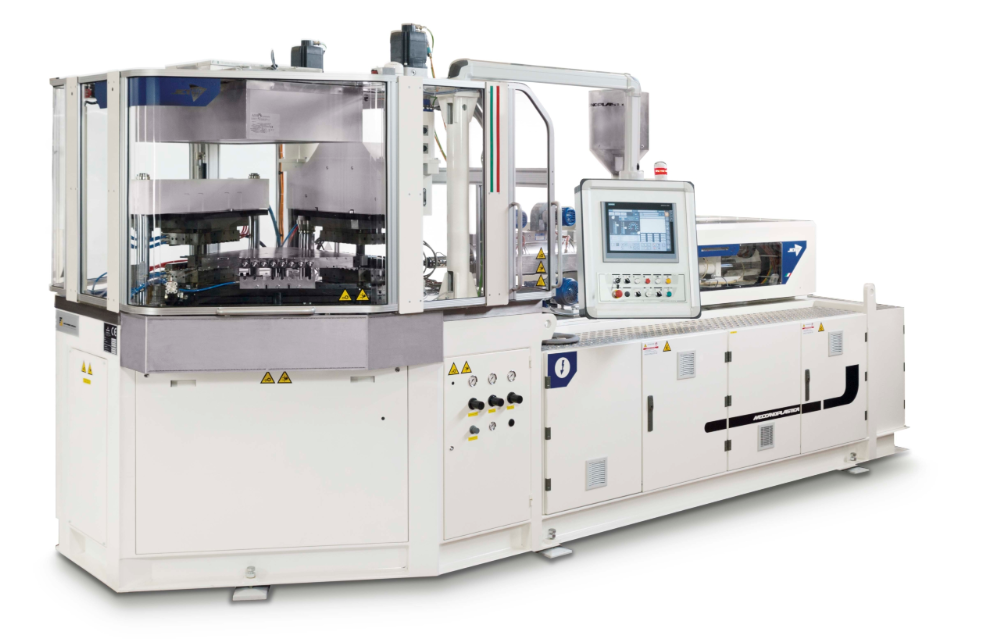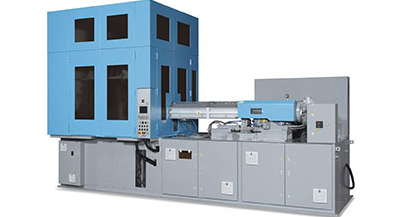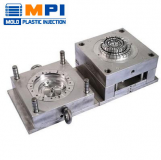Introduction
Hello and welcome to our in-depth tutorial about injection blow molding. We shall examine the definition, uses, advantages, and other aspects of the process in depth in this article. This article is for you if you have ever wondered how specific plastic products are made with such accuracy and efficiency. Decipher the realm of injection blow molding by starting now!
What is Injection Blow Molding?
Plastic hollow items are made using the manufacturing method known as injection blow molding. It combines blow molding and injection molding as its two main methods. In the first step of the procedure, molten plastic is pumped into a mold cavity to create a preform. The final product is subsequently created by inflating this preform using compressed air at a blow molding station.

The Process of Injection Blow Molding
Injection Molding Stage
Plastic resin is melted and injected into a mold cavity during the injection molding stage using a specialized injection molding equipment. A preform with the desired shape and size can be produced using the mold cavity. The preform is created by allowing the injected plastic to cool and harden.
Transfer to Blow Molding Station
The preform is delivered to the blow molding station once it is ready. Depending on the manufacturing configuration, this transfer may be automated or manual.
Blow Molding Stage
The preform is inserted into a two-part blow mold during the blow molding step. The mold is shut, and the preform is filled with pressurized air. The final hollow product is produced when the plastic is forced under the pressure of compressed air to take on the shape of the mold.
Cooling and Ejection
The mold is opened after the blowing process is finished, and the newly created item is then given time to cool. The finished item is taken from the mold once the plastic has set and cooled.
Applications of Injection Blow Molding
Injection blow molding is widely used in various industries due to its versatility and efficiency. Some common applications of this manufacturing process include:
Bottles and Containers: Plastic bottles and containers for beverages, personal care items, medicines, and more are frequently made via injection blow molding.
Automotive Components: Injection blow molding is used to create a variety of automotive parts, including air ducts, reservoirs, and fluid containers.
Medical Devices: Medical devices that need accuracy and cleanliness, such inhalers, syringes, and test tubes, can be produced using injection blow molding.
Household Items: Injection blow molding is used to create a variety of home goods, including storage containers, kitchenware, and cosmetic packaging.
Advantages of Injection Blow Molding
Injection blow molding offers several advantages over other manufacturing processes. Here are some key benefits:
Cost-Effective Production: Injection blow molding is an economically viable choice for mass manufacturing because it enables high-volume production at a relatively cheap cost per unit.
Design Flexibility: The method allows for the fabrication of intricate details, complicated shapes, and distinctive features in the molded items.
High-Quality Output: High-quality goods may be produced thanks to the outstanding surface gloss and dimensional accuracy offered by injection blow molding.
Material Versatility: Injection blow molding, a variety of plastic materials, including polyethylene, polypropylene, polystyrene, and others, can be employed.
Reduced Post-Processing: The method does away with the requirement for auxiliary procedures like cutting and finishing because the finished product is created directly from the mold.
Conclusion
A flexible and effective manufacturing technique called injection blow molding permits the accurate and high-quality creation of hollow plastic products. It has uses in many different industries, including packaging, automotive, and healthcare. Combining blow molding with injection molding processes enables high-quality output, flexible design, and cost-effective production. Injection blow molding is projected to become more important in the manufacturing environment as technology develops.

FAQs About Injection Blow Molding
Is injection blow molding only suitable for small-scale production?
Not at all; injection blow molding is appropriate for both small- and large-scale manufacturing. The procedure is adaptable for producers since it may be modified to fit different production quantities.
Are there any limitations to the shapes that can be produced through injection blow molding?
Although injection blow molding allows for design flexibility, the shapes that can be generated are subject to some restrictions. Products with intricate geometries or deep undercuts might need to be manufactured using several techniques.
What are the advantages of using injection blow molding for bottle production?
For the production of bottles, injection blow molding offers a number of benefits. It enables the manufacturing of bottles with intricate shapes and features, gives constant neck and thread diameters, and permits exact control over wall thickness.
Can recycled materials be used in injection blow molding?
Yes, injection blow molding can employ recyclable materials. The method works with recycled plastics, enabling green production methods and lowering environmental effect.
What are some quality control measures in injection blow molding?
Manufacturers take a number of steps to maintain quality control in injection blow molding, including routine mold inspection, monitoring of process variables, and thorough testing of completed products for dimensional accuracy, strength, and other standards.
Can injection blow molding be used for multi-layered products?
Yes, multi-layered goods can be made via injection blow molding. Manufacturers can develop items with numerous layers that incorporate various materials or barrier qualities by employing specialized molds and equipment.

